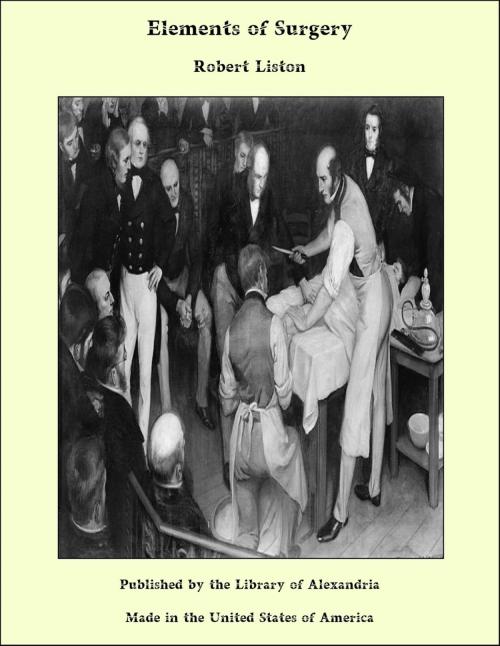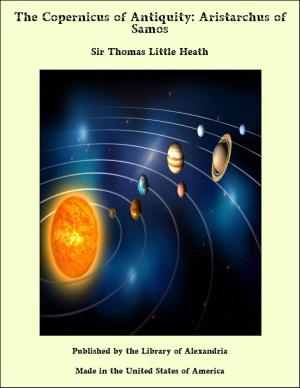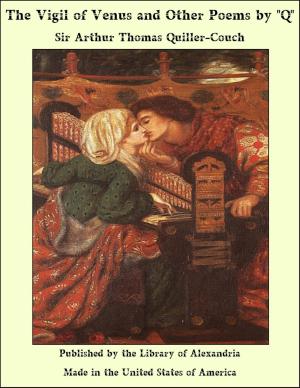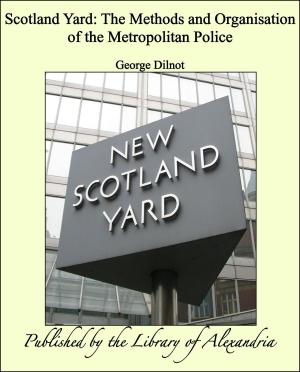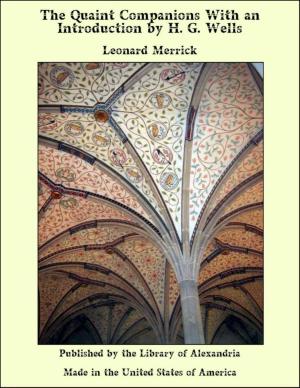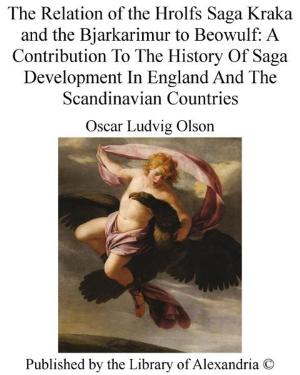| Author: | Robert Liston | ISBN: | 9781465606198 |
| Publisher: | Library of Alexandria | Publication: | March 8, 2015 |
| Imprint: | Language: | English |
| Author: | Robert Liston |
| ISBN: | 9781465606198 |
| Publisher: | Library of Alexandria |
| Publication: | March 8, 2015 |
| Imprint: | |
| Language: | English |
There are few accidents or diseases, to which the human body is liable, which are not preceded or followed by incited action, increased circulation, and accumulation of blood in the capillary vessels of the part affected; and these phenomena require to be very attentively studied, and correctly understood, by all who propose practising the healing art. As all the salutary as well as diseased processes which occur in the human body are more or less attended or affected by this action, and as its regulation forms a principal part of the duty of the surgical practitioner, this work cannot be more properly commenced than by treating of its nature, consequences, and management. Inflammation may be defined to be, an unnatural or perverted action of the capillary blood vessels of an organ or part of the body, attended with redness, throbbing, swelling, pain, heat, and disorder of function, as well as with more or less disturbance of the system. Every part of the body is liable to inflammation; and some writers have divided this action into different kinds, according to the particular tissue which it chiefly involves. But it appears to be always of the same character, though modified by various circumstances, such as the tissue in which it occurs, the state of the constitution, the exciting cause, and the intensity of the action. The usual division of the subject, into Acute and Chronic, is that which it is here proposed to adopt. The term Chronic Inflammation is more properly applicable to a consequence of the Acute: but it is at the same time true, that morbid actions proceed more slowly in some constitutions, and in some parts of the body, than in others; and that changes of structure and morbid products, such as generally result from inflammatory action, even occasionally occur, without the prominent symptoms of inflammation being experienced by the patient or detected by the practitioner.
There are few accidents or diseases, to which the human body is liable, which are not preceded or followed by incited action, increased circulation, and accumulation of blood in the capillary vessels of the part affected; and these phenomena require to be very attentively studied, and correctly understood, by all who propose practising the healing art. As all the salutary as well as diseased processes which occur in the human body are more or less attended or affected by this action, and as its regulation forms a principal part of the duty of the surgical practitioner, this work cannot be more properly commenced than by treating of its nature, consequences, and management. Inflammation may be defined to be, an unnatural or perverted action of the capillary blood vessels of an organ or part of the body, attended with redness, throbbing, swelling, pain, heat, and disorder of function, as well as with more or less disturbance of the system. Every part of the body is liable to inflammation; and some writers have divided this action into different kinds, according to the particular tissue which it chiefly involves. But it appears to be always of the same character, though modified by various circumstances, such as the tissue in which it occurs, the state of the constitution, the exciting cause, and the intensity of the action. The usual division of the subject, into Acute and Chronic, is that which it is here proposed to adopt. The term Chronic Inflammation is more properly applicable to a consequence of the Acute: but it is at the same time true, that morbid actions proceed more slowly in some constitutions, and in some parts of the body, than in others; and that changes of structure and morbid products, such as generally result from inflammatory action, even occasionally occur, without the prominent symptoms of inflammation being experienced by the patient or detected by the practitioner.
